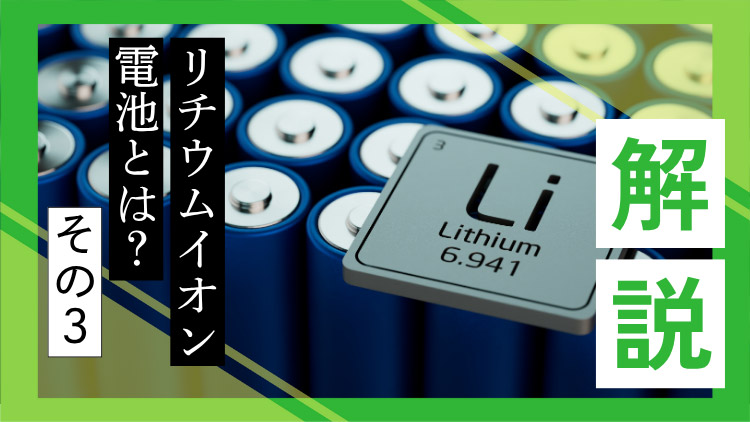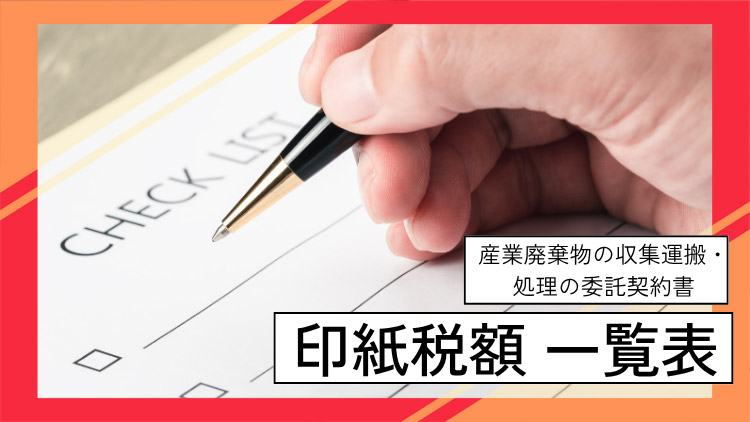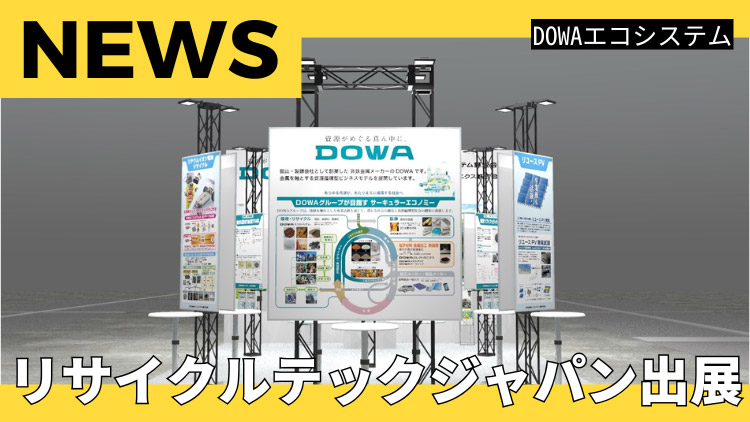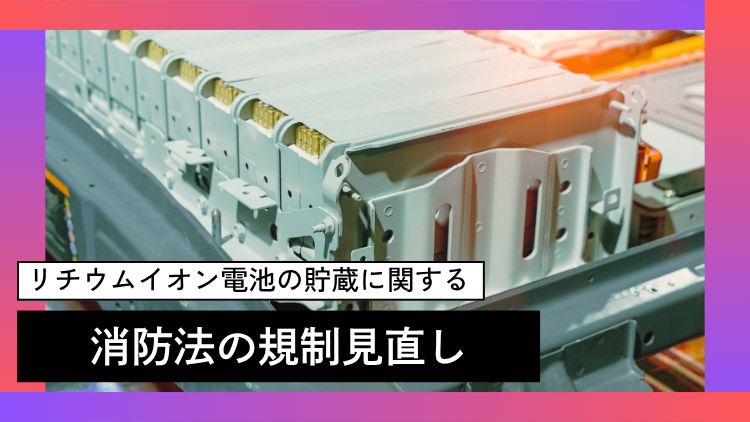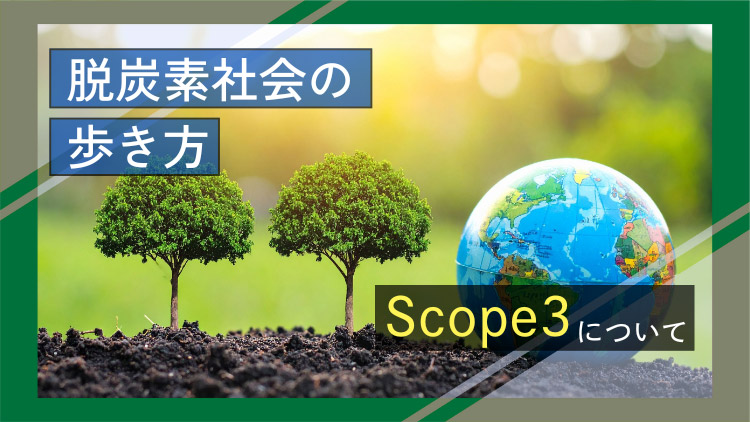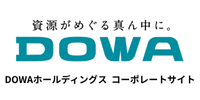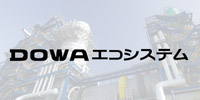前回は、LIBに含まれる金属とその生産国についてご紹介しました。
今回は、LIBのリサイクルの制度の状況について、EUの動向中心にご紹介します。
5. EUのリサイクルの動向
欧州委員会によって2020年12月に電池規則案が公表されました。
Proposal for a REGULATION OF THE EUROPEAN PARLIAMENT AND OF THE COUNCIL concerning batteries and waste batteries, repealing Directive 2006/66/EC and amending Regulation (EU) No 2019/1020
(出典)EUR-Lex – 52020PC0798 – EN – EUR-Lex
この規則案は129ページにわたって電池の設計から処理に至るまでのそれぞれの工程における規定が記載されています。欧州委員会はEUにおける法令の立案を担当しており、提出された規則案を現在、法令の制定権限のある欧州議会、欧州連合理事会によって審議されている状況です。
下記に欧州委員会が提出した電池規則案における、処理・リサイクルに関するポイントをまとめました。
■ポイント
- 産業用電池、電気自動車用電池、自動車用電池に下記割合でリサイクル原材料を含む必要がある(第8条)
コバルト 鉛 リチウム ニッケル 2030年 12% 85% 4% 4% 2035年 20% 85% 10% 12% 表:産業用電池、電気自動車用電池、自動車用電池に含むべきリサイクル原材料の割合と達成期限
- 生産者は可搬型(小型)電池について、定められた回収目標を達成する必要がある(第48条)
- 収集した廃棄電池は埋立も焼却もしてはならず、適切な処理を実施すること(第56条)
- 収集した廃棄電池はすべてリサイクル工程へ投入し、定められたリサイクル達成率を満たすこと(第57条)
- リサイクル業者は各リサイクル工程で2025年までにLIBの平均重量の65%を、2030年までに70%をリサイクルする必要がある。また、下記の通りの回収率を達成する必要がある(第57条、付属書ⅫパートB、C)
コバルト 銅 鉛 リチウム ニッケル 2026年 90% 90% 90% 35% 90% 2030年 95% 95% 95% 70% 95% 表:リサイクル業者が達成するべき廃棄電池からの材料回収率と達成期限
Article 8 Recycled content in industrial batteries, electric vehicle batteries and automotive batteries
2. From 1 January 2030, industrial batteries, electric vehicle batteries and automotive batteries with internal storage and a capacity above 2 kWh that contain cobalt, lead, lithium or nickel in active materials shall be accompanied by technical documentation demonstrating that those batteries contain the following minimum share of cobalt, lead, lithium or nickel recovered from waste present in active materials in each battery model and batch per manufacturing plant:
(a) 12% cobalt;
(b) 85% lead;
(c) 4% lithium;
(d) 4% nickel.
3. From 1 January 2035, industrial batteries, electric vehicle batteries and automotive batteries with internal storage and a capacity above 2 kWh that contain cobalt, lead, lithium or nickel in active materials shall be accompanied by a technical documentation demonstrating that those batteries contain the following minimum share of cobalt, lead, lithium or nickel recovered from waste present in active materials in each battery model and batch per manufacturing plant:
(a) 20% cobalt;
(b) 85% lead;
(c) 10% lithium;
(d) 12% nickel.Article 48 Collection of waste portable batteries
Producers or, where appointed in accordance with Article 47(2), producer responsibility organisations acting on their behalf, shall ensure the collection of all waste portable batteries, regardless of their nature, brand or origin in the territory of a Member State where they make batteries available on the market for the first time. For that purpose they shall:Article 56 Treatment and recycling 1. Collected waste batteries shall not be landfilled or incinerated.
2. Without prejudice to Directive 2010/75/EU, permitted facilities shall ensure that all treatment and recycling processes for waste batteries comply, as a minimum, with Part A of Annex XII and with best available techniques as defined in Article 3(10) of Directive 2010/75/EU.Article 57 Recycling efficiencies and material recovery targets
1. All waste batteries collected shall enter a recycling process.
2. Recyclers shall ensure that each recycling process shall achieve the minimum recycling efficiencies and the levels of recovered materials laid down, respectively, in Parts B and C of Annex XII.ANNEX XII
Part B Recycling efficiencies
1. No later than 1 January 2025, recycling processes shall achieve the following minimum recycling efficiencies:
(a) recycling of 75% by average weight of lead-acid batteries;
(b) recycling of 65% by average weight of lithium-based batteries;
(c) recycling of 50% by average weight of other waste batteries.
2. No later than 1 January 2030, recycling processes shall achieve the following minimum recycling efficiencies:
(a) recycling of 80% by average weight of lead-acid batteries;
(b) recycling of 70% by average weight of lithium-based batteries.Part C Levels of recovered materials
1. No later than 1 January 2026, all recycling processes shall achieve the following levels of materials recovery:
(a) 90% for cobalt;
(b) 90% for copper;
(c) 90% for lead;
(d) 35% for lithium;
(e) 90% for nickel.
2. No later than 1 January 2030, all recycling processes shall achieve the following levels of materials recovery:
(a) 95% for cobalt;
(b) 95% for copper;
(c) 95% for lead;
(d) 70% for lithium;
(e) 95% for nickel.
電池規則案では、EUで販売される自動車・電気自動車用電池にリサイクル原材料を含むことが求められており、EU加盟国内だけでなくEU市場で製品を販売するメーカーも対応を進める必要があります。
電池規則案の求める基準を達成するために、今後大量発生が予想される大型の車載用電池からのコバルトやニッケル等の回収が進んでいくと考えられます。
また、2022年3月に欧州議会及び理事会の修正案が公表されるなど、今後、規則案自体も内容が変更されていくものと考えられます。
電池規則案に関しては金属資源の資源循環に関して政策提言などを行っているNPO法人RtoS研究会が電池規則が制定された背景や規則の意図・内容、日本の制度との差などをまとめています。
規則を理解する一助になると思います。
【参考】RtoS研究会:EUの新たな電池規則に関するRtoS研究会の視点
RtoS研究会では電池規則案を日本語に翻訳しており、申請フォームから申請すると電池規則案の日本語版を確認する事ができますので、合わせてご紹介します。
RtoS研究会:「電池および廃棄電池に関する欧州議会およびEU理事会の規則について、指令2006/66/ECの廃止および規則(EU)2019/1020の改正に関する提案(翻訳版)」エントリーフォーム
次の記事その4 LIBのリサイクルに関する制度状況 〜日本のリサイクル制度〜
![]() この記事は
この記事は
DOWAエコシステム 企画室 後藤 が担当しました
